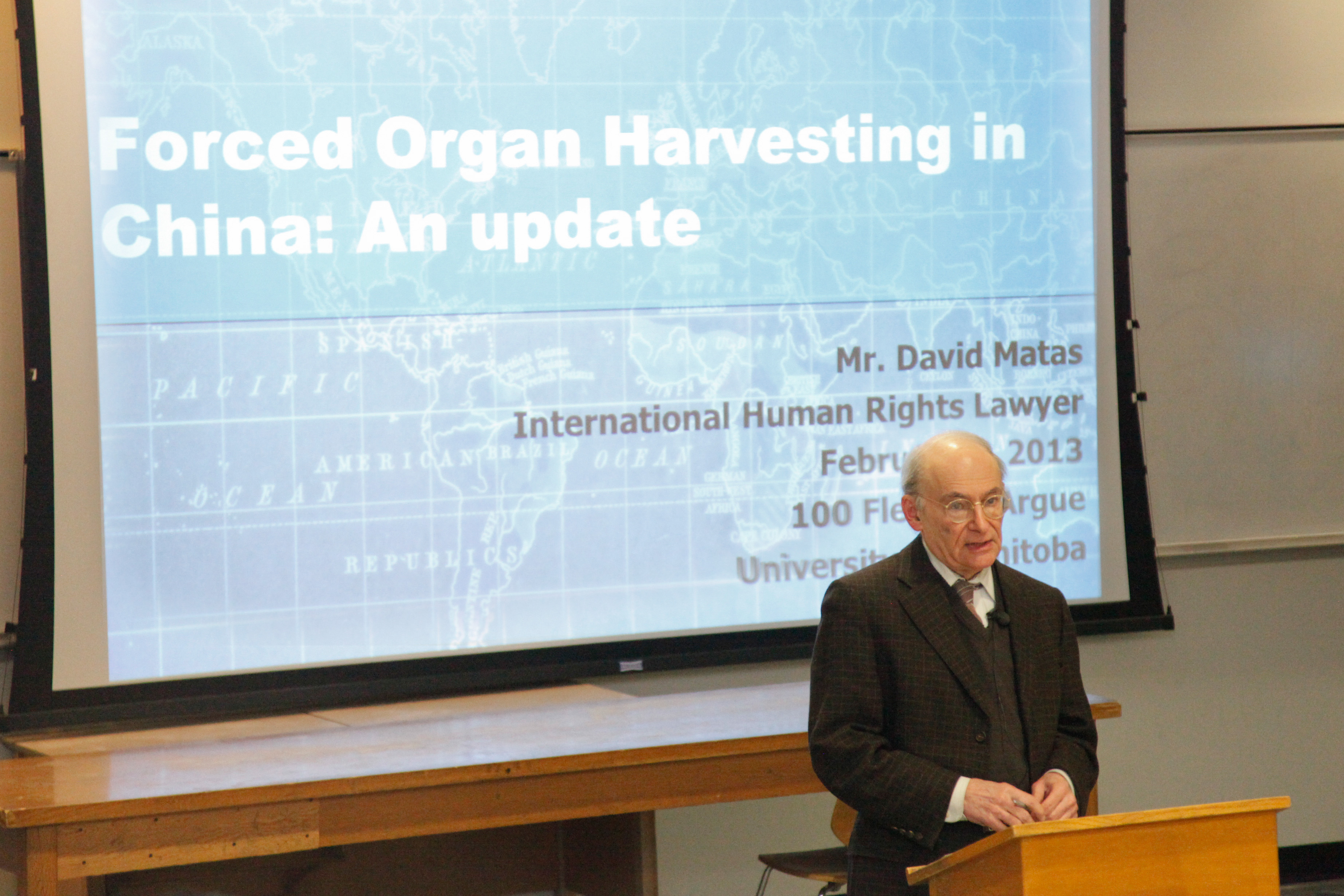In light of the abundant accusations from Western nations of Iran’s ambitions to build nuclear weapons, a closer analysis of this mounting conflict is necessary. With vast advancements in weapons technology, nuclear weapons now pose the single greatest threat to human existence ever recorded on Earth. This is the first time in the history of human civilization that humankind has the ability to destroy itself entirely, so it would seem logical to not take these issues lightly.
The idea of nuclear weapons, or nuclear power for that matter, was non-existent until Albert Einstein realized the energy potential of splitting an atom. After witnessing his advances in modern science become the basis for nuclear weapons, he warned in the mid-20th century that we have two options: allow the human race to destroy itself, or end war forever.
The unimaginable devastation brought by nuclear attacks in Hiroshima and Nagasaki eventually influenced world leaders to accept that nuclear weapons were, in fact, an imminent threat to our civilization as a whole. This led to the formation of the NPT, the non-proliferation of nuclear weapons treaty, entered into force in 1970. The treaty was designed to stop the construction of any new nuclear weapons and disarm those already in existence, all the while promoting the peaceful use of nuclear energy to countries without nuclear weapons.
While there are 188 states who have ratified the treaty, there are only five officially recognized countries possessing nuclear weapons: China, Great Britain, France, Russia and the United States. All non-nuclear weapon states who have signed the NPT must agree that if they are to use nuclear power for peaceful purposes, they must do so under the watch of “safeguards” from the International Atomic Energy Agency (IAEA).
In September 2009, the UN Security Council passed Resolution 1887 calling for the end of all threats of force and for all countries to join the NPT. Iran did so in 1968. Curiously, three NPT non-signees are Israel, Pakistan and India, all of which acquired nuclear weapons with the help of the U.S. in gross violation of the NPT.
Soon after, the IAEA passed a resolution calling on Israel to join the NPT and to open its facilities to inspection — again, something Iran did long ago. The U.S. and several European countries tried blocking the resolution, but it passed anyway, without any notice from Western media. Instead, the media chose to write about the nuclear “threat” of Iran, a country that seems to be following the rules for nuclear energy more than most countries and whose right to develop nuclear energy peacefully is enshrined in international law.
However, Washington’s concerns for Iran’s nuclear capabilities are hardly new. At a 2005 NPT review conference, The New York Times reported that Washington’s main goal of the conference was to “demand that Iran dismantle all the ‘equipment and facilities’ it has built over the last two decades to manufacture nuclear material.” The key wording in this phrase is “over the last two decades,” a fairly selective time period that omits U.S. support for Iran between 1958 and 1979 under Mohammad Reza Shah Pahlavi.
While today Henry Kissinger will say that “for a major oil producer such as Iran, nuclear energy is a wasteful use of resources,” when he was the secretary of state during the reign of the shah, policy held that “introduction of nuclear power will both provide for the growing needs of Iran’s economy and free remaining oil reserves for export.” When asked about his reversal, Kissinger responded frankly, “They were an allied country before 1979, so therefore they had a general need for nuclear energy.”
Kissinger’s statement spells out the obvious: Washington’s attempts to put sanctions on Iran have nothing to do with safety and everything to do with protecting national and corporate interests.
Iran has the third largest oil reserves and second largest natural gas reserves in the world. With the staggering amounts of evidence showing that U.S. foreign policy has been centred around control of the world’s energy reserves, the answers begin to seem obvious as to why Iran is being singled out. The four major recipients of Iran’s oil are all from Asia — a fact that would be unacceptable to Western policy makers with national interests in mind.
The economic sanctions proposed by the U.S. would cripple the Iranian economy and surely it would not be long before political and domestic turmoil grew out of hand. This would offer the U.S. and their allies the chance to enter the country — they already have Iran almost entirely encircled — with the goal of “democracy building.” Such an outcome would seem all too familiar to their neighbours in Iraq, Afghanistan and Pakistan.
Iran has not invaded another country for hundreds of years, and it is farce to claim that they would be attempting to build nuclear weapons to destroy Israel or anybody else in the region. Recently, Mohammed El Bardai, the U.N.’s international atomic energy chief responsible for monitoring compliance with the NPT, stated that, “Nobody is sitting in Iran today developing nuclear weapons. Tehran doesn’t have an ongoing nuclear weapons program. But somehow, everyone in the West is talking about how Iran’s nuclear program is the greatest threat to the world.”
So while the U.S. continues to erode the significance of the NPT by funding illegal nuclear weapons programs in India, Pakistan and Israel, Iran is following international law and will soon likely receive harsh economic sanctions that will cripple them. This is our nuclear reality and a little honesty from our governments wouldn’t hurt.
Ian Hunter is a first-year global political economy student at the University of Manitoba.
13: http://www.chomsky.info/articles/20060623.htm This is what found….




